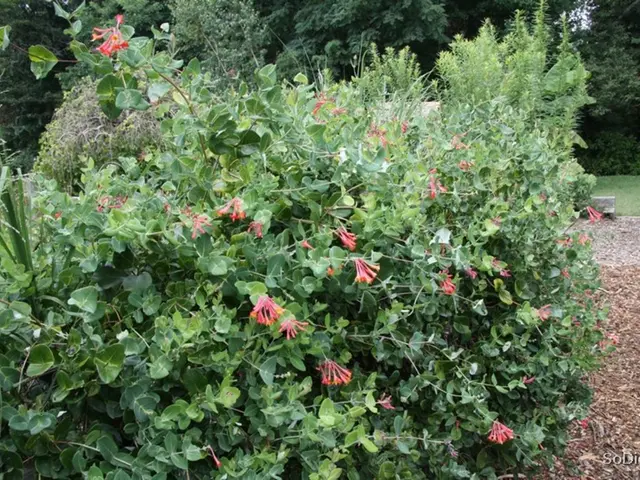Solar-Powered Architecture in Antiquity: Embracing Passive Solar Designs in Ancient Greek and Roman Buildings
Ancient Greek and Roman Passive Solar Design: A Timeless Blueprint for Sustainable Architecture
In an era grappling with ecological crisis and technological excess, the ancient commitment to passive solar design offers more than just inspiration; it provides valuable instruction. The architecture of classical Greece and Rome reminds us that sustainability is not a modern invention, as ancient architects designed with the sun as a collaborator.
Ancient Greek and Roman passive solar design originated from empirical observations and philosophical reflections on nature and human comfort. This synthesis of empirical observation, philosophical reflection, and architectural practice formed the foundation of architectural practices that integrated solar orientation, airflow management, and thermal comfort using natural elements.
For the Greeks, by the 5th century BCE, there was explicit attention to seasonal solar control in home orientation. Philosophers like Socrates noted that the winter sun should be allowed to enter homes to provide warmth, indicating an early understanding of solar gain for heat management. Their approach was guided by observing natural cycles and adapting living spaces accordingly.
Roman architectural treatises, especially by Vitruvius (1st century BCE), codified these principles, emphasizing proportional relationships and integrative elements such as the compluvium (roof opening) and impluvium (water basin) that not only collected rainwater but also facilitated evaporative cooling and airflow.
Roman builders adapted and expanded these principles, with examples such as carefully oriented peristyles and atria in Pompeii and Herculaneum. Roman villas, such as Hadrian's Villa at Tivoli, demonstrate a sophisticated command of solar dynamics with southern-facing terraces and sunrooms (solaria). In summer, the same south-facing walls shaded interiors, especially when paired with colonnades or tree-lined courtyards.
Roof angles, wall thickness, and room placement in rural farmhouses responded to sun and wind for passive solar design. Greek homes often employed thick masonry walls for thermal mass and open courtyards for ventilation. Thick stone walls in Roman houses absorbed heat during the day and released it at night, flattening thermal spikes.
What emerges from the archaeological record is not a uniform model but a shared logic, a solar consciousness embedded in regional variation. This solar consciousness guided the design of streets, buildings, and urban spaces, with north-facing porticoes serving as cool shaded retreats during hot months. Central open spaces such as the Roman atrium with its compluvium and impluvium were key elements in regulating temperature through natural ventilation and evaporative cooling.
Understanding ancient solar design enriches sustainable architectural design today, emphasizing low-energy, climate-responsive solutions crucial in addressing contemporary environmental challenges. The legacy is visible not only in the preservation of historic buildings but in contemporary green architecture that borrows from these time-tested concepts, underscoring the valuable continuity between past wisdom and future needs.
In summary, Ancient Greek and Roman passive solar design emerged from practical adaptation and philosophical insight into natural forces, implemented through architectural elements like oriented streets, atria with water basins, shaded porticoes, and wind-responsive layouts. Their enduring relevance lies in their foundational role as early sustainable design exemplars still informing contemporary architectural strategies.
The ancient approach to architecture, rooted in environmental-science, shows that sustainable-living practices are not limited to modern times. In the lifestyle domain, home-and-garden design of ancient Greeks and Romans, such as thick masonry walls and open courtyards, demonstrates the use of sustainable living principles.




